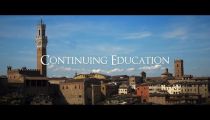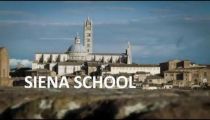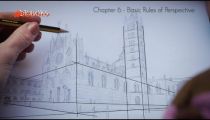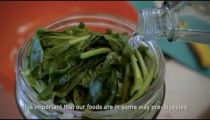UNESCO Cities and Heritage Sites Expo
From September 22nd-24th Siena will be hosting the UNESCO Cities and Heritage Sites Expo (Santa Maria della Scala, just in front of the Cathedral, free entrance), an occasion to virtually visit some of the most facinating cities of the world and to think about what it means today to be a touristic heritage city, for the city itself and for visitors too.
What happened in Siena last summer illustrated what happens when visitors confuse the city centre with an amusement park and an old, solemn horse race, the Palio, with a country fair.
Guided by a not very clever tour guide, some foreigners were able to see the horse blessing in a Contrada's church a few hours before the Palio. Believe it or not, this is one of the most intense moments of the Sienese feast, where religion, passion, identity and pride are mixed. Nothing to do with a folkloristic show. This is real life for Sienese people.
The reckless foreigners, who hadn't been told enough about the meaning of that moment, started dancing in the church when they heard the drums. Sienese people didn't like it at all, and there was a fight. One tourist had to go to the hospital.
Should we think that Siena doesn't like tourists? Like many other cities in Europe that attract thousands of people from all over the world, such as Venice, Florence, and Rome, Siena has to find a way to be welcoming without losing its identity. To be attractive without selling its soul.
In Venice they have discussed for many years how to limit the number of daily visitors, without finding a real solution. A movement denounces the perils for such a fragile city of huge cruise ships. But for the majority of the people, the idea to limit tourism is blasphemy in a country that - they say - could thrive with tourism.
I belong to those who would not subscribe this policy: tourism cannot be the main engine of the development of a country (or of a city). Barcelona starts to realize now the effects of a non-regulated tourism industry: lower investments in research and innovation (compared to other cities that didn't bet on tourism for their development), higher prices of estates, skyrocketed rents, low-paying jobs, more expensive food. This is enough for needing to try very hard to reduce the impact of tourism on the city and to think first about the needs of those who live in Barcellona 356 days a year.
Hopefully, Siena won't kick out tourists, but should take the necessary steps to attract more long-stay visitors – like study-abroad-program students! – that have the same needs of the local people and are able to reciprocate the hospitality and be grateful to be the best ambassadors of Siena in the world. Much better than those tourists who stay in Tuscany a couple of days, and then when back home don't even remember exactly where they saw that beautiful piazza with a tall tower. «Was it in Florence? No, no, San Gimignano? Maybe in Pisa or Volterra. I felt so tired after all that Chianti, I fell asleep on the bus that day, how can I remember?».
(Palio image credit: By Mirco (Flickr: Il Palio di Siena) [CC BY-SA 2.0 (http://creativecommons.org/licenses/by-sa/2.0)], via Wikimedia Commons)
Daniela Passeri
Sustainability Teacher










